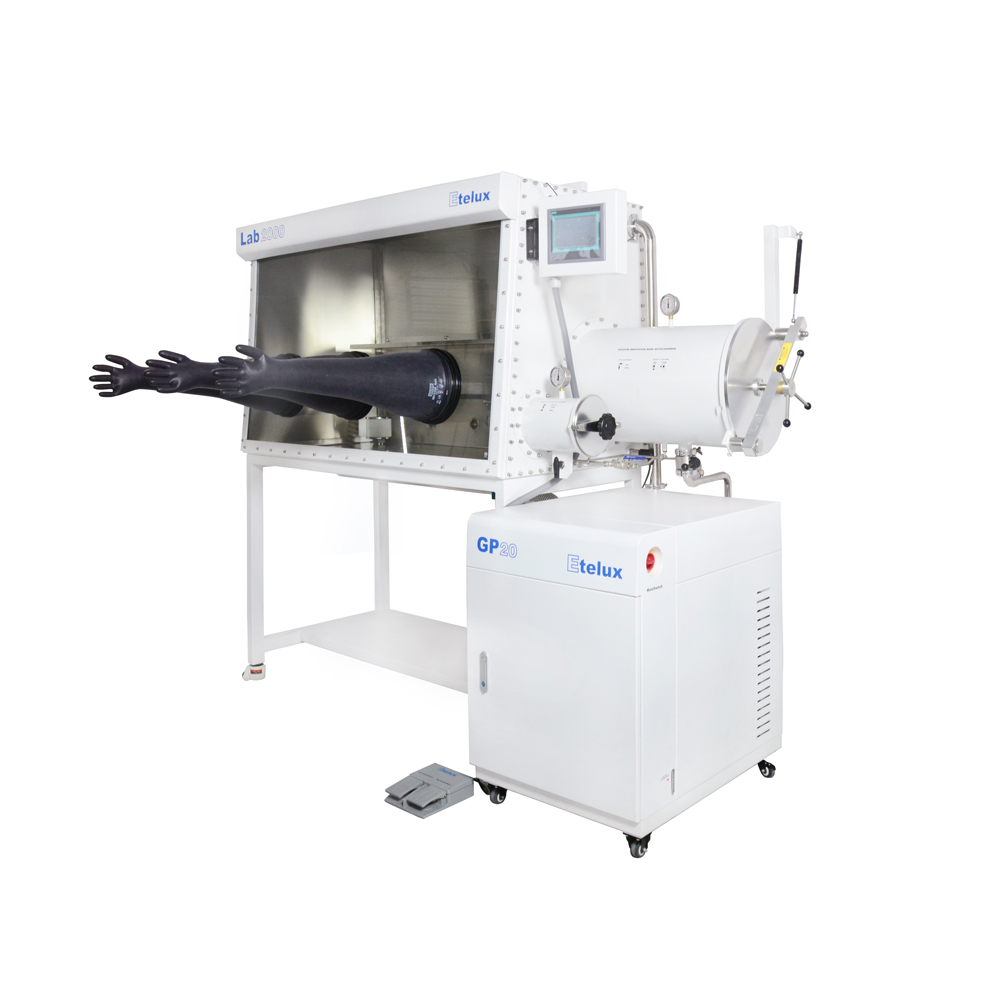1. The laboratory vacuum glove box is divided into two parts: the main box and the antechamber chamber.
The main box body cannot be evacuated separately, and the antechamber chamber can be evacuated separately.

2. First open the door inside the antechamber room of the vacuum glove box of the laboratory, and then close all the glove interface glands, valves and doors of the antechamber room.
3. Open the three-way valve between the glove ports of the laboratory vacuum glove box (rotate counterclockwise), and connect the space between the glove interface gland and the glove to the box, so that the inside and outside of the glove (box and interface) are pumped. Vacuum at the same time to keep the pressure balance on both sides.
4. Connect the vacuum pump to a valve in the antechamber chamber of the laboratory vacuum glove box, turn on the vacuum pump, and slowly open this valve to pump air to the system (if the valve is opened too fast, it may cause the glove to expand).
5. When the pointer of the vacuum gauge on the laboratory vacuum glove box is lowered and stabilized below -0.1Mpa, the vacuum is completed. At this time, the valve should be closed first and then the vacuum pump.
6. Then fill the box with inert gas through another valve on the laboratory vacuum glove box until the pressure is slightly higher than the atmospheric pressure (barometer index is 0Mpa), so that the pressure inside and outside the box is basically balanced, and the inside is slightly higher On the outside, it can ensure that the atmosphere will not penetrate into the inside of the box (if you want to make the gas in the laboratory vacuum glove box more pure, it is best to repeat the above extraction and inflation process several times). Turn off the three-way valve connected to the glove interface, open the gland on the glove interface, and you can operate.

























